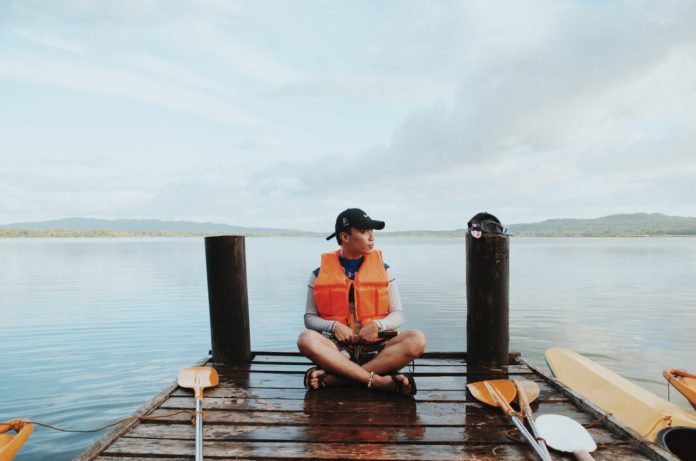When it is about water, most people have some discomfort. However, if you have a fear of water with a chronic and an abnormal degree of fear and anxiety that discourage you from approaching water, you have an aqua phobia.
This phobia is most usually treated with two types of psychotherapy: exposure therapy and cognitive-behavioural therapy.
Exposure therapy is the preferred treatment strategy. You will be frequently exposed to the source of the fear, which in the later phases of treatment, it is wise to work with a qualified swim instructor to help you learn and feel comfortable in swimming. In addition, using life jackets for safety precautions can help you swim at ease. During this sort of therapy, your therapist will take track of your reactions, thoughts, feelings, and sensations when exposed to water to help you manage your anxiety.
How does a life jacket help people with a chronic fear of water?
Some of you will most likely be sailing a boat during the summer. Wearing a lifejacket or a personal flotation device can save your life regardless of whether you’re in a motorized boat or a canoe.
Here are three reasons why it is vital to wear a life jacket:
- It can prevent boat-related drowning for about 90%.
- It lessens the first impact when you first fall into the water.
- Wearing a personal flotation device (PFD) can have a knock-on effect.
The origin of Life Vest
The British Museum has the first evidence of PFDs. An old gypsum panel from 860 BC, or approximately 3,000 years (as of today), can be found there. Assyrian troops cross a river while clinging onto inflated animal skins in a sculpted artwork. These inflating skins were the earliest life jackets that we are aware of. The PFD has evolved safer and more comfortable over time.
Choosing a high-end lifejacket
There are numerous life vests for different water sports, and it seems like there is a new design or must-have material every year. This guide will help you choose, fit, and use various life vests and PFDs.
- Choose the appropriate type based on your activity or boating circumstances.
The vests are available in various sizes and shapes and should be selected to best suit your activity or sailing conditions.
- Check for a good fit.
Once you’ve decided on the correct type of PFD for particular conditions and activities, ensure it’s of satisfactory quality, with no rips or tears, and that it fits properly. A jacket that is too big for the wearer may slip off, and one that is too tiny may not provide enough buoyancy to keep the wearer afloat.
- Don’t forget to put it on!
Don’t make the common mistake of having a life jacket ready for onboard but storing those jackets in an inconvenient area. Accidents are uncommon, but when they do, they usually happen quickly.
A life vest will help you stay safe. It is critical to acquire information to protect your rights and ensure you receive the medical attention you require whenever a water accident happens. Before you go out on the water this summer, make sure you, your family, and your friends are all wearing a proper fitting flotation device. Shallow water can even present a risky situation.
















